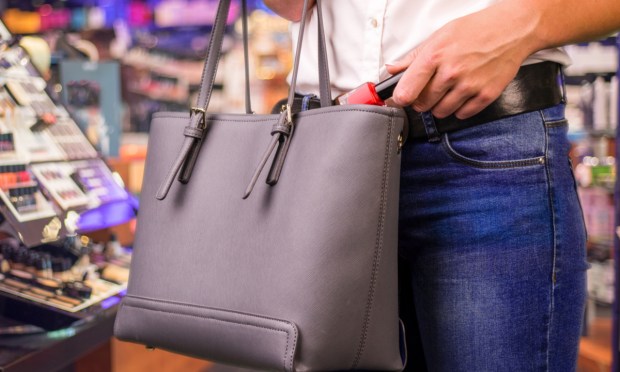Hill Hearing Spotlights Retail Theft’s Wide-Ranging Impact on Merchants, Communities

Call it the silent killer — of merchants’ bottom lines.
The rise of organized retail theft has spared increased scrutiny on Capitol Hill. And Tuesday (June 13), at a hearing titled “The Rise in Organized Retail Crime and the Threat to Public Safety,” members of the House Subcommittee on Crime and Federal Government Surveillance heard details on just how pervasive the epidemic has become.
Billions of Dollars Lost Annually
In introducing the hearing, subcommittee chair Andy Biggs, R-Ariz., noted that “organized retail crime has become a growing problem over these past three years” and added that “it’s open season on our stores.” He cited stats from CVS noting that the average professional thief has been able to score — within just minutes — $2,000 worth of goods.
Walmart, by way of another example Biggs noted, has been losing $3 billion annually in U.S. revenues due to theft, and as a result has been mulling the closure of stores and an increase in prices.
During testimony before the subcommittee, Kris Kobach, attorney general for Kansas, said that his state has been among “the top 10 states hit” in terms of dollars stolen. He noted the “overlap” between the drug trade and organized retail theft. He recounted one case where a pawn shop operator employed four “boosters” who stole merchandise for him, and the stolen goods — $100,000 worth — were sold on eBay for millions of dollars.
“They stole from Home Depot, Lowe’s, Walmart and Target,” among others, Kobach said.
In his own testimony, John Milhiser, former U.S. Attorney in Illinois, said that “organized retail crime has both national and international components … [and] is distinguishable from ordinary retail theft given its large scale and focus on converting stolen goods to cash through resale or to gift cards through store returns.”
Testimony from Lorie Mohs, whose son Blake, an asset protection associate for Home Depot, who was killed earlier this year in California during an attempted shoplifting, drove home the human cost of organized retail theft.
Forced to Raise Prices
John Flynn, district attorney for Erie County, New York, and president of the National District Attorneys Association (NDAA), said that, per stats from business.org, the percentage of small-business owners reporting daily shoplifting increased from 14% to 23% from 2020 to 2021. The U.S. Chamber of Commerce has estimated that 25% of firms have raised prices to offset the losses from these thefts.
PYMNTS’ own recent coverage of earnings season recounted how some of the largest merchants have been affected. In the most recent fiscal year, Target incurred a loss of about $763 million due to shrinkage. The company has projected that shrinkage will have an even more significant impact in its ongoing fiscal year — cutting as much as $1 billion from its profits. Foot Locker experienced a 4% drop in its margins, tied in part to theft, compared to a year ago.

